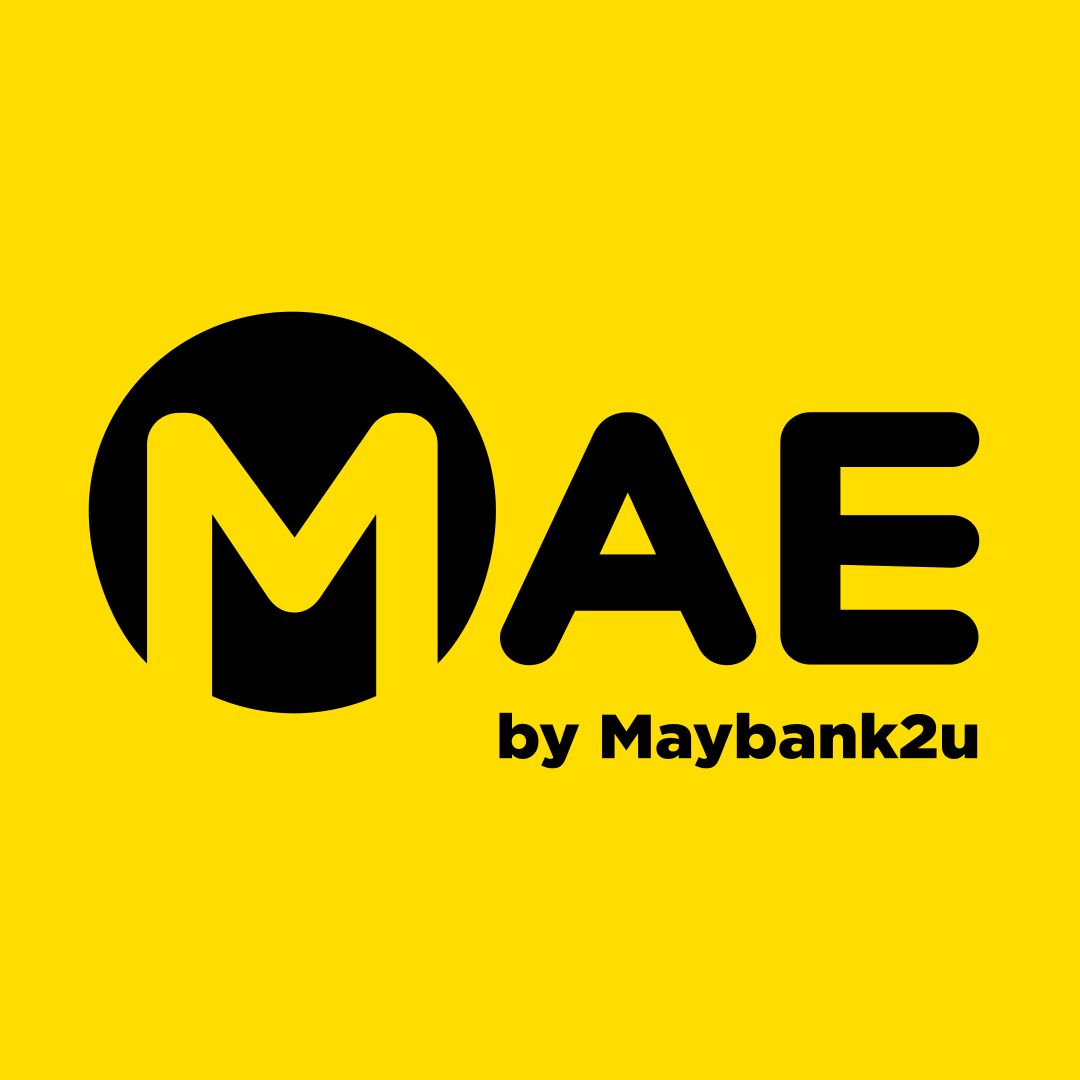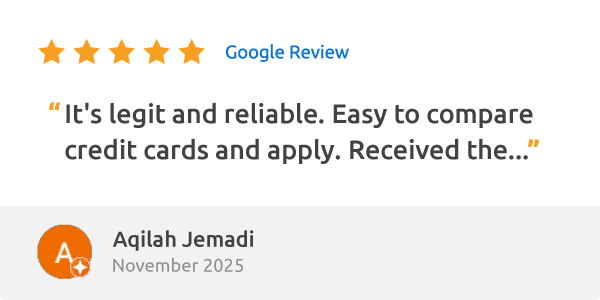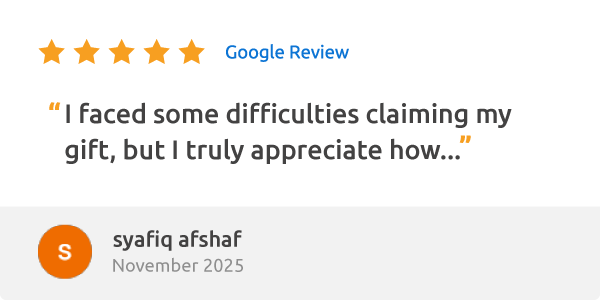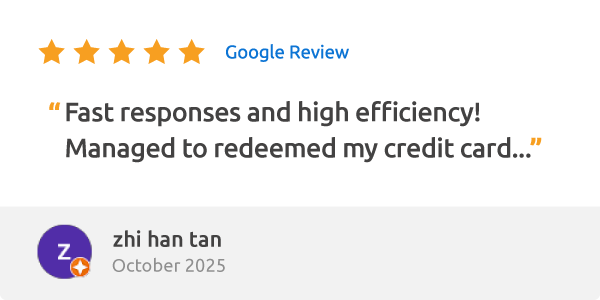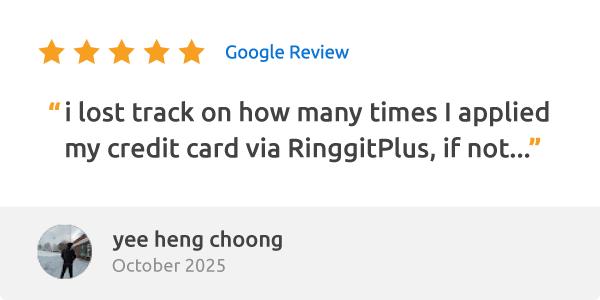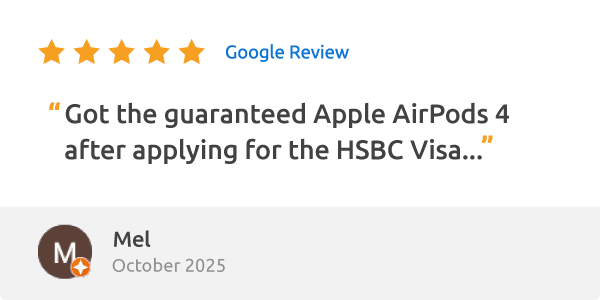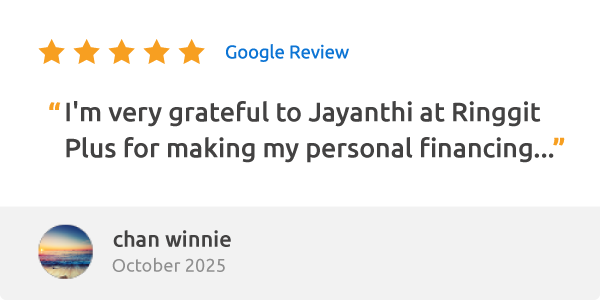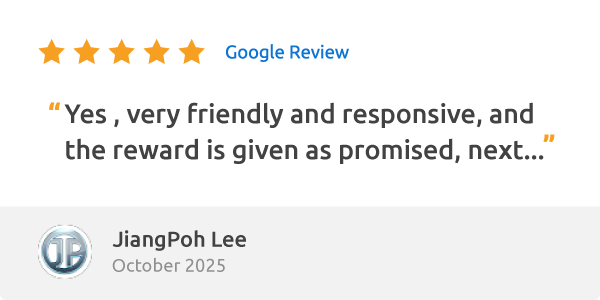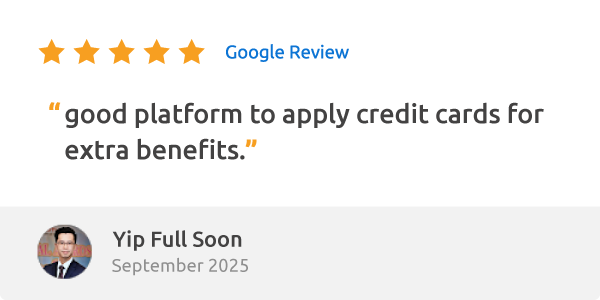What is an E-Wallet?
E-wallet is a type of digital wallet, typically serving as a mobile app, that allows users to store and manage their money. In addition to that, e-wallet is also widely used as a payment method for both in-store and online purchases.
Ever since the COVID-19 pandemic happened a couple of years back, the use of e-wallets has been increasing exponentially throughout the years, up until today.
From what used to be one of the means to lessen physical contact during the pandemic, e-wallets have grown to be more than just a cashless or contactless payment method. From savings and investments to paying for tolls and parking, e-wallet is everything personal finance packed into a single mobile app.
Types of e-wallets in Malaysia
There are already a bunch of prominent e-wallets here in Malaysia but first, let’s get familiar with the types of e-wallets. They are categorised as open-loop e-wallets, closed-loop e-wallets and bank e-wallets.
Open-loop is where an e-wallet is not linked to any bank account and is quite similar to how a prepaid card works. You often need to reload it before making payments to merchants that accept e-wallets. Some familiar examples are Touch ‘n Go eWallet, GrabPay, BigPay, Setel and Boost.
On the contrary, a closed-loop is a type of e-wallet that is linked to a specific product or brand ecosystem. Take the Lazada Wallet for example, you can use it to buy products or services via the Lazada e-commerce platform only. Another example is the Shell Go+ which you use to make payments at any Shell petrol station nationwide, and in return, you get to collect points and enjoy discounts and rewards.
Bank e-wallets, on the other hand, are linked to a bank account and it gives you the convenience of managing your money for savings, money transfers between multiple bank accounts and making payments via DuitNow QR. Two popular examples are the MAE by Maybank2u and CIMB Clicks.
What are the key features of e-wallets?
Typically known for accessibility and advanced security measures like encryption and authentication to protect user data, e-wallets also have other features that are noteworthy as well, including but not limited to:
Digital Payments
With an e-wallet, you can seamlessly make any online or in-store purchases on the go – just make sure you have sufficient funds in your account first!
If it’s an online purchase, double-check if the merchant accepts e-wallets as a payment option, then simply choose it to proceed with your purchase. For in-store purchases, you’ll often see the DuitNow QR display at the checkout counter for you to scan and make payment.
It’s easy to use an e-wallet as it supports contactless payment. It gives you convenience and eliminates the need to carry physical cash or multiple cards, making transactions easier and faster.
Money Transfers
Most e-wallets have this feature and this can be easily done via DuitNow transfers. Whether it’s for peer-to-peer or business transfers, you just need to have sufficient balance, confirm the amount and have the bank account number to proceed.
Bill Payments
Have all your utility bills, credit card payments, telco bills, etc. paid directly from an e-wallet. This feature is typically made possible by JomPAY for your convenience. You can also save your recurring payments as favourites in your e-wallet so it’s easier and faster the next time you want to make a payment.
Loyalty Programs
Many e-wallets nowadays integrate with loyalty programs from various merchants, offering rewards and discounts.
For instance, the Touch ‘n Go eWallet has one called GOrewards where you can collect points for every Ringgit spent at participating merchants via QR payment or the Touch ‘n Go Visa Card. Once you reach a certain number of points, you can redeem them with various products or services in the catalogue.
Are there any challenges or limitations of e-wallets?
Despite the convenience and accessibility, e-wallets rely quite heavily on a stable internet connection so if you’re struggling with one or if you’re in areas with poor network coverage when you’re about to perform any transactions, this could be a setback.
In addition, some users may struggle to use an e-wallet due to a lack of digital literacy, which will potentially lead users to misuse the technology and further add security vulnerabilities such as a risk of data breaches or cyberattacks.
Other challenges include:
- Acceptance: Not all merchants or service providers accept e-wallets, limiting their usability.
- Transaction fees: Some e-wallets may charge certain fees for transactions which can reduce their appeal. For example, Touch ‘n Go imposes a 1% fee if you want to reload your e-wallet via credit card but any transaction at participating merchants is free of charge. So make sure you double-check!
- Technical Issues: As with all technologies, users may encounter technical difficulties, such as app crashes or payment failures from time to time.
Regardless of these challenges, e-wallets have increasingly become the go-to payment option because of their feasibility and perks. As technology continues to advance, we Malaysians can expect to see improvements in working through these limitations.
E-wallets are changing the financial landscape
In summary, e-wallets are essentially the digital versions of traditional wallets that allow you to store, manage, and make financial transactions electronically.
While e-wallets provide numerous benefits, challenges such as digital literacy, internet connectivity, and security concerns need to be addressed for their nationwide adoption.
Regardless, the future of e-wallets in Malaysia looks promising, with trends like blockchain technology, biometric authentication and cross-border payments shaping the industry.
As we continue to embrace digitalisation in our day to day, e-wallets are poised to become an integral part of the financial landscape.
